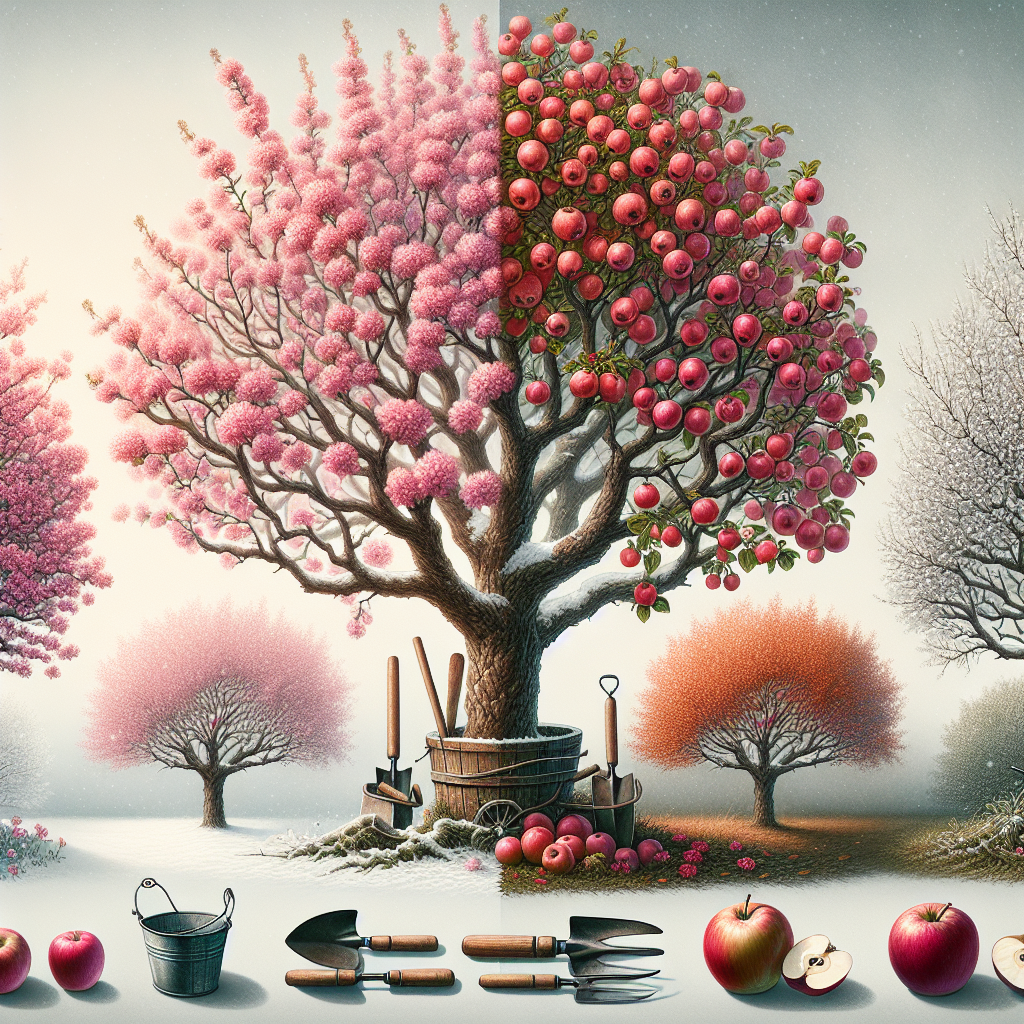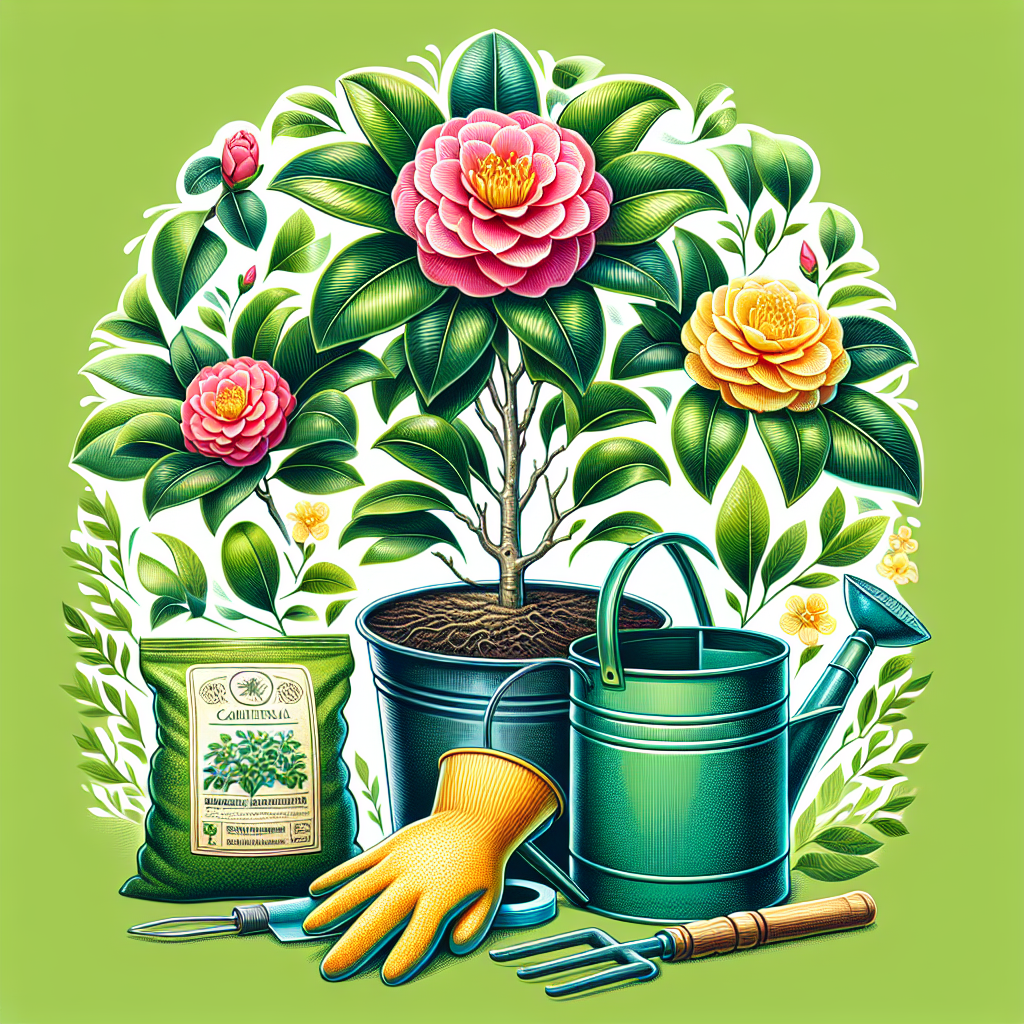How to Cultivate Brussel Sprouts in Your Garden
Updated July 11, 2024 at 9:17 am

Overview of Cultivating Brussels Sprouts
- Pet Friendly
Brussels sprouts are generally safe for pets. However, it’s always best to keep an eye on your furry friends as some may have a tendency to nibble on your plants, which can cause mild gastrointestinal upset.
- Light Requirements
These leafy greens thrive in full sun, meaning at least 6 hours of direct sunlight per day. Proper sunlight is crucial for the growth of compact and firm sprouts.
- Watering
Brussels sprouts require consistent watering to ensure steady growth. Aim for about 1 to 1.5 inches of water per week, adjusting based on rainfall and temperature.
- Humidity
Brussels sprouts are versatile when it comes to humidity and can adapt to a variety of conditions, but they generally grow best in moderate to high humidity levels.
- Temperature
This vegetable prefers cool weather and can tolerate frost. Ideal temperatures for growing Brussels sprouts range between 60°F to 65°F (15°C to 18°C).
- Difficulty
Brussels sprouts are considered moderately difficult to grow due to their specific needs in light, temperature, and pest management. With the right care, though, even a beginner gardener can have success.
Choosing the Right Variety of Brussels Sprouts for Your Garden
Before you start planting, it’s important to choose the right variety of Brussels sprouts that’ll work best for your region and gardening conditions. Varieties like ‘Long Island Improved’ have been a staple for many, due to their hardiness and reliability. Another popular choice is the ‘Jade Cross’ hybrid, known for its disease resistance and high yield.
Let’s dive into one particular Brussels sprouts variety that’s well-reviewed and a favorite among gardeners- ‘Diablo Brussels Sprouts’. These are known for their improved tolerance to warmer temperatures, allowing them to be grown in a slightly wider range of climates. The ‘Diablo’ variety is also appreciated for its uniform, large sprouts and delicious flavor.
When researching online, the majority of the gardeners who’ve planted ‘Diablo Brussels Sprouts’ rave about the consistency and size of the sprouts. They report that the plants are vigorous growers and the sprouts are remarkably flavorful, especially when roasted with a drizzle of olive oil. Given this feedback, ‘Diablo’ is a variety that could certainly elevate your home garden to produce a bountiful harvest.
Find This and More on Amazon
Preparing the Soil for Brussels Sprouts
Soil preparation is key to successful Brussels sprout cultivation. Brussels sprouts prefer well-draining soil rich in organic matter. Before planting, it is advisable to work in compost or well-rotted manure to enrich the soil. Soil pH should be slightly acidic to neutral, between 6.0 and 7.0. It’s a good idea to test your soil prior to planting and amend accordingly with lime if it’s too acidic or sulfur if it’s too alkaline.
A product that can help with soil preparation is ‘Espoma Organic Garden Lime’. Based on reviews, gardeners appreciate how this product helps to adjust soil pH easily. They’ve mentioned that it is especially helpful in regions with naturally acidic soil. Adding this lime to your soil preparation regimen could provide a more conducive growing environment for your Brussels sprouts.
Find This and More on Amazon
Planting and Spacing Considerations for Brussels Sprouts
When it’s time to plant, careful consideration should be given to spacing. Brussels sprouts need room to grow, both for air circulation and to prevent disease. Plant the seeds or transplants about 18 to 24 inches apart in rows that are spaced 24 to 30 inches apart.
Starting your seeds indoors can give them a head start, especially in areas with a shorter growing season. A high-quality seed starting kit, such as the ‘Burpee Self-Watering Seed Starting System’, is highly rated and could help germinate Brussels sprouts seeds effectively. Reviewers have praised this system for its ease of use and the consistent moisture it provides, leading to higher germination rates. It’s worth considering if you’re looking to get a jump on the growing season.
Find This and More on Amazon
Caring for Brussels Sprouts Throughout the Growing Season
After getting your Brussels sprouts in the ground, routine care is essential to guide them towards a plentiful harvest. This care includes appropriate watering, fertilization, and pest management. Brussels sprouts are a bit high-maintenance, but the results are worth the effort.
Consistent watering is critical, particularly during dry spells. Mulching around the base of the plants can help retain moisture and regulate soil temperature. As for fertilization, use a balanced vegetable fertilizer to give your plants a nutrient boost. A product like ‘Jobes Organics Vegetable & Tomato Fertilizer’ is often recommended by gardeners because it’s designed for slow-release and includes beneficial microbes that support root growth. Reviews suggest that plants fertilized with Jobe’s are vigorous and healthy, potentially leading to a more productive crop.
Find This and More on Amazon
Pests can be a concern for Brussels sprouts. Common culprits include aphids, cabbage worms, and cabbage loopers. A go-to organic solution that many gardeners turn to is ‘Safer Brand Insect Killing Soap’. This product is said to effectively deal with pesky insects without harming beneficial bugs, and user reviews confirm its efficacy. Keeping a close eye on your plants and using such products judiciously can protect them from damage and ensure a robust harvest.
Find This and More on Amazon
Managing Diseases in Your Brussels Sprouts Crop
Brussels sprouts can suffer from several diseases, such as powdery mildew, black rot, and clubroot. Proper crop rotation and sanitation are critical to prevent these issues. It’s also wise to select disease-resistant varieties when possible.
If you encounter a disease, products like ‘Bonide Copper Fungicide’ might be helpful. This fungicide has received positive reviews for its ability to control a wide range of plant diseases when used as directed. Gardeners appreciate its effectiveness and ease of use, but always remember to follow package instructions for the safest application.
Find This and More on Amazon
Harvesting and Storing Your Brussels Sprouts
The most rewarding part of growing Brussels sprouts is the harvest. This usually takes place after the first frost in fall, which sweetens the sprouts. Harvest from the bottom of the stalk upward, as the lower sprouts mature first. Twist them off or use a sharp knife to avoid damaging the plant.
Upon harvest, you can store Brussels sprouts in the refrigerator for several weeks. For long-term storage, blanching and freezing is a method that works nicely. To do so, you may consider a reliable kitchen gadget like ‘Hamilton Beach Digital Food Steamer’. Reviewers love this steamer for its versatility and ease of use, allowing them to prepare their veggies for the freezer quickly and without hassle. It certainly seems like a handy tool for any avid gardener looking to preserve their harvest.
Find This and More on Amazon
Learning from Your Garden Experience
As with any gardening venture, there’s always a learning curve. Pay attention to what works and what doesn’t, and take notes for the next growing season. Remember, every region and garden is different, so adapt the advice here to your specific situation. Growing Brussels sprouts can be a fun and rewarding project that yields delicious results, and with each season, you’ll likely find it easier and more enjoyable.
The Art of Timing: When to Plant Brussels Sprouts
Timing is everything when it comes to planting Brussels sprouts, as they flourish in cooler temperatures. In most regions, the best time to sow seeds outdoors is from late May to early June for a fall harvest. If you’re starting seeds indoors, begin 4 to 6 weeks before the last expected frost date. Brussels sprouts typically require a long growing season of about 80-100 days from transplanting, so planning is crucial.
Protecting Your Brussels Sprouts from Harsh Weather
Even though Brussels sprouts are cold-tolerant, they can still suffer from unexpected weather events, such as harsh winds or extreme temperatures. To protect your Brussels sprouts, consider using row covers or even a cold frame to extend the growing season and shield plants from frost damage when necessary.
Maximizing Growth: The Best Companion Plants for Brussels Sprouts
Companion planting can be a smart way to maximize space and improve the health of your garden. Some good companions for Brussels sprouts include herbs such as dill, chamomile, and mint, which deter pests. Avoid planting them near tomatoes or strawberries, as they can inhibit each other’s growth.
Secrets to Bigger and Better Brussels Sprouts
To get the most out of your Brussels sprouts, consider staking your plants as they grow. This prevents the stalks from toppling over under the weight of the sprouts. Additionally, you might want to remove the lower leaves of the plant as the sprouts begin to mature; this practice encourages larger sprout development higher up the stalk.
Enjoying the Fruits of Your Labor: Cooking with Home-Grown Brussels Sprouts
Once you’ve mastered the cultivation of Brussels sprouts, it’s time to enjoy them in your kitchen. Roasting them with a bit of garlic, salt, pepper, and a drizzle of balsamic vinegar is simple yet delectable. Another favorite among Brussels sprouts aficionados is to sauté them with bacon and a touch of honey for a savory-sweet flavor profile.
Final Thoughts on Growing Brussels Sprouts
Brussels sprouts can be a garden challenge worth undertaking. With the right variety like ‘Diablo’, ensuring soil richness with products such as Espoma Organic Garden Lime, and the use of high-quality tools like the Burpee Self-Watering Seed Starting System, you’re well on your way to a bountiful crop. Don’t forget about routine care with Jobe’s Fertilizer and fighting pests with Safer Brand Insect Killing Soap. Lastly, consider Bonide Copper Fungicide for disease management. With patience and care, Brussels sprouts can be a delightful addition to your garden and your dining table.
Shop more on Amazon

